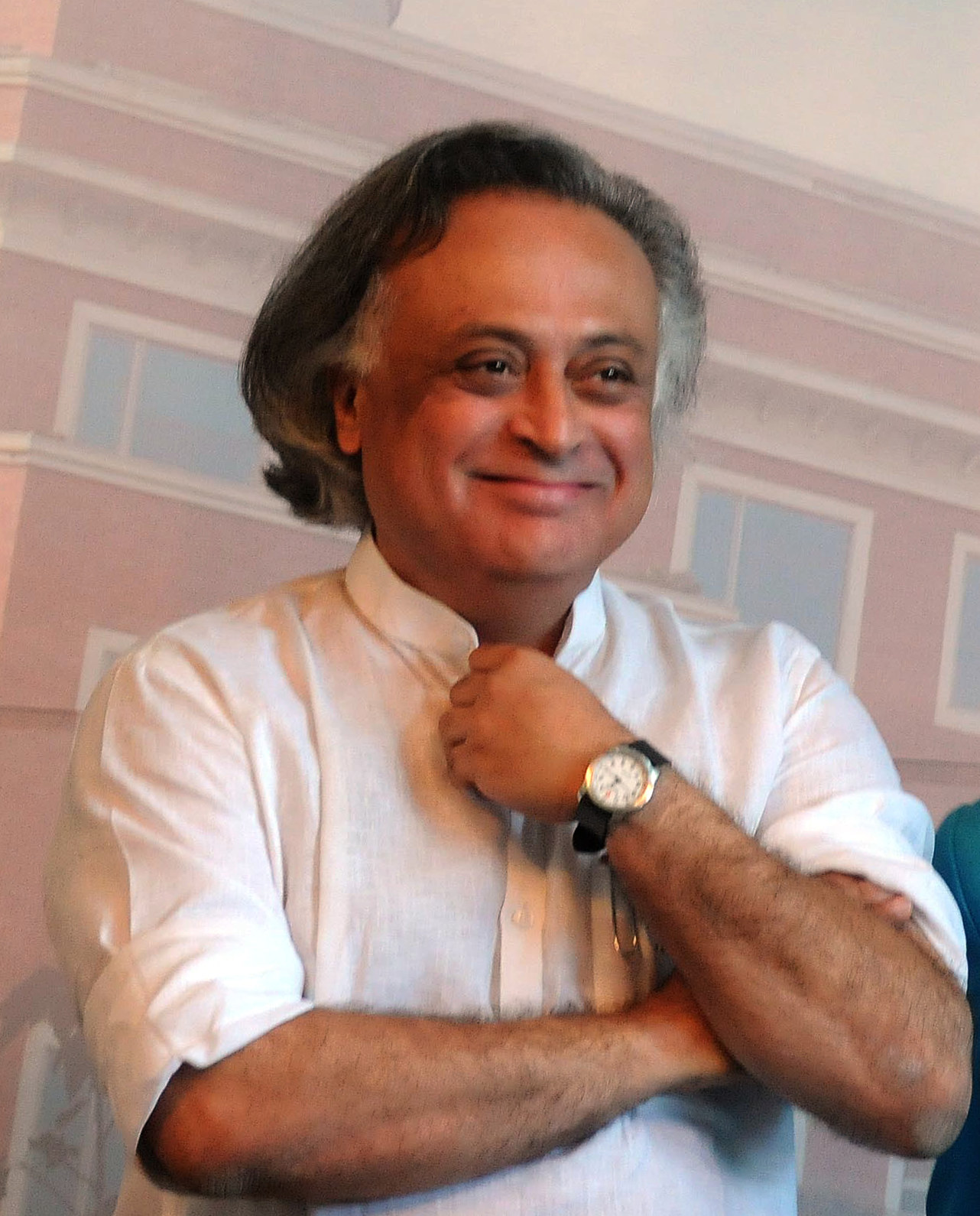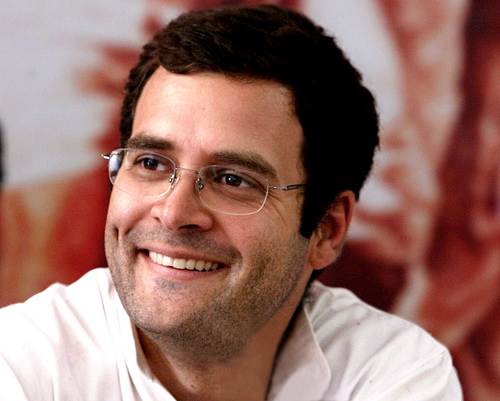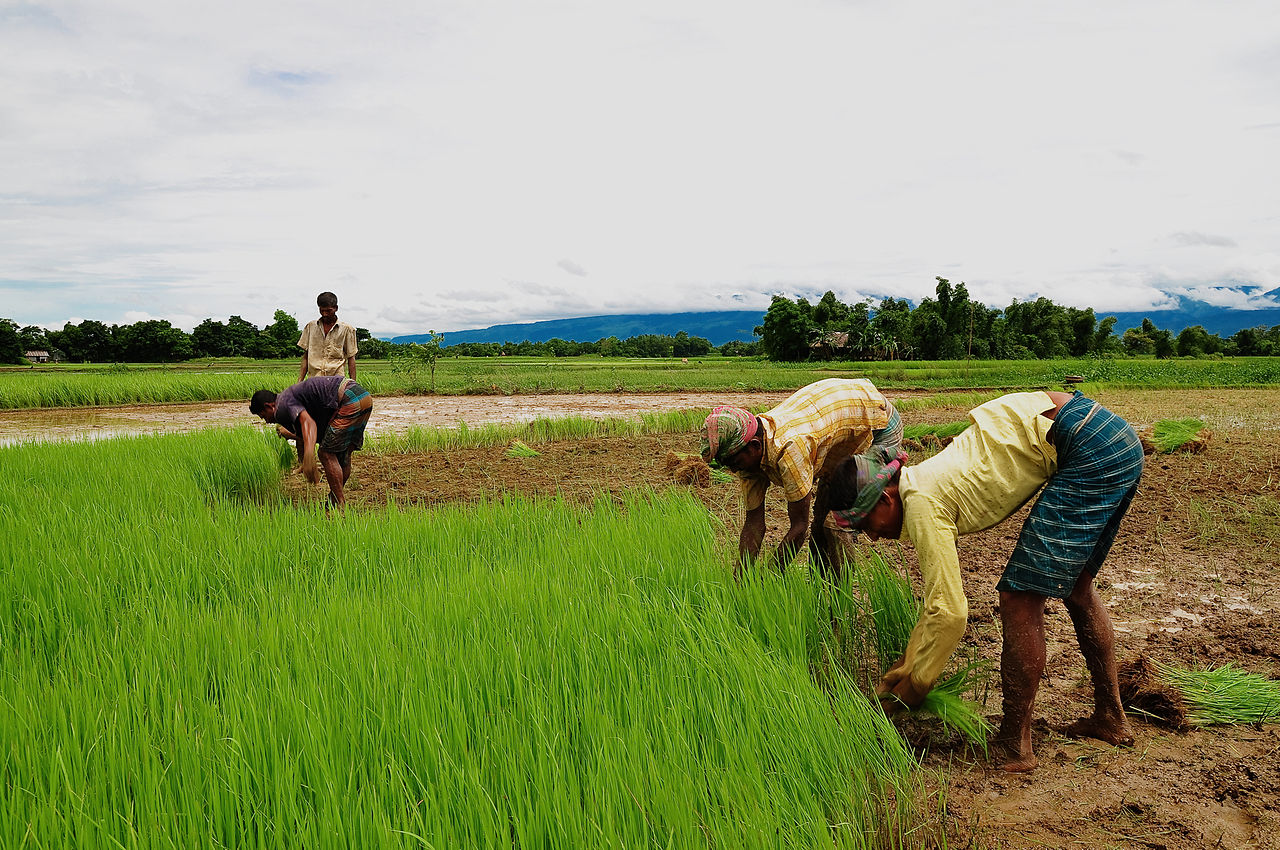Jairam Ramesh was the minister of rural development between July 2011 and May 2014. He was instrumental in getting the new land acquisition law drafted and passed in 2013. And now he has written a book documenting this experience.
The book is titled Legislating for Justice—The Making of the 2013 Land Acquisition Law. Ramesh has co-authored this book along with Muhammad Ali Khan, who worked with Ramesh as an officer on special duty in the rural development ministry.
The book goes into great detail on why India needed a new land acquisition law. And given this, it is a must read for Rahul Gandhi, the vice-president of the Congress party, who has recently been ranting against the changes that the Narendra Modi government is trying to bring to the land acquisition law passed in 2013.
Before the 2013 land acquisition law was passed, land acquisition in India was governed by the Land Acquisition Act 1894—a law from the time when the British ruled India. And rather surprisingly it survived for close to 66 years after India achieved independence from the British in 1947.
The 1894 Act was loaded totally in favour of the government and made it very easy for the government to acquire land as and when it wanted to. This wasn’t surprising given that it was drafted in 1894, when the British ruled India and the rights of Indians were not really top of the British agenda. As Ramesh and Khan write: “The 1894 Act was a comparatively short legislation that left much to the discretion of the acquiring authorities.”
Take the case of the phrase “public purpose,” which is the basic reason why any government acquires (or at least should acquire) land from its citizens. It is very important to define the term properly. Nevertheless, as Ramesh and Khan write: “’Public Purpose’ which was the raison d’etre for any acquisition initiated was drafted in such wide terms that essentially any activity could be constituted as public purpose, as long as the Collector [of the district where the land was being acquired] felt it did…’Public Purpose’ became what ever the Government or acquiring authority defined it to include.”
In fact, in a 1984 amendment expanded the government’s ability to “acquire lands for a public purpose ‘or for a private company’”. Yes, you read that right. And which party was in power in 1984? The Congress party. This amendment allowed the government to acquire land from farmers at cheap rates and then sell it on to private companies at a significantly higher price.
The ‘Yamuna Expressway’ is a very good example of this, where the land was acquired by the Uttar Pradesh from farmers and then sold on to private parties at multiple times the price the farmers had been paid for it.
The 1894 Act also had an ‘urgency’ clause. As Ramesh and Khan write: “Section 17 of the Land Acquisition Act, 1894 was used to forcibly disposes people of their land in a frequent and brutal fashion by suspending the requirement for due process…Section 5A…allowed for a hearing of objections to be made but put no responsibility on the Collector to take those claims into consideration.”
So people could complain, but it was up to the Collector whether he wanted to listen to them or not. Further, like was the case with the definition of public purpose, the definition of urgency was also left “to the authority carrying out the acquisition.”
This clause allowed the collector to “take possession of the land within fifteen days of giving notice”. He could take possession of a building within 48 hours of giving notice. “The Outer Ring Road Project of Hyderabad and the Expressway in Uttar Pradesh are both striking(and recent) examples of acquisitions where large tracts fell pray to the urgency clause,” write Ramesh and Khan.
Further, land acquisition displaced many people over the decades and most of them were not resettled and left to fend for themselves. “While there is no comprehensive record of how many individuals have actually been displaced by land acquisition post-independence, estimates put forth by credible studies find that close to 60 million individuals have been displaced since independence. Worse still, only about a third of these have actually seen some measure of resettlement and rehabilitation,” write Ramesh and Khan. Further, the studies that Ramesh and Khan refer to are more than a decade old. Hence, the number of displaced is likely to be higher than 60 million.
The question is who is to be blamed for this? The Congress party, which ruled the country in every decade after independence. Why did it take them more than 60 years to wake up to this and do something about it. The only possible explanation is that the Congress politicians ‘privately’ gained from the law as it was.
And given this, Rahul Gandhi’s recent holier than thou attitude on “land acquisition,” doesn’t cut any ice. The Congress party is responsible for the land acquisition mess that prevails in this country as of today.
Getting back to the land acquisition law of 2013, it is only fair to say that India needed a proper land acquisition law which wasn’t loaded totally in favour of the government. The trouble is now we have a law which makes land acquisition extremely complicated and next to impossible. A reading of Ramesh and Khan’s book makes that extremely clear.
In fact, the authors even write: “The law was drafted with the intention to discourage land acquisition. It was drafted so that land acquisition would become a route of last resort.”
For a country which has nearly 13 million people entering the workforce every year and which has aspirations of “making things,” a law which discourages acquisition of land really cannot hold. No country has gone from being developing to being developed without the expansion and success of its manufacturing sector.
As Cambridge University economist Ha-Joon Chang writes in Bad Samaritans—The Guilty Secrets of Rich Nations & the Threat to Global Prosperity: “History has repeatedly shown that the single most important thing that distinguishes rich countries from poor ones is basically their higher capabilities in manufacturing, where productivity is generally higher, and more importantly, where productivity tends to grow faster than agriculture and services.”
And in the long run the ease of land acquisition remains an important input for the manufacturing sector to take off. It also remains a very important area if the physical infrastructure in this country needs to improve. Having said that, it does not mean that land should be taken over on a platter.
In fact, as the Economic Survey points out “land acquisition” was a top reason for 161 stalled government projects. The Survey also pointed out: “India’s recent PPP[public-private partnership] experience has demonstrated that given weak institutions, the private sector taking on project implementation risks involves costs (delays in land acquisition, environmental clearances, and variability of input supplies, etc.).”
Hence, we need to take a middle path on land acquisition.
(The column appeared originally on Firstpost on May 26, 2015)




